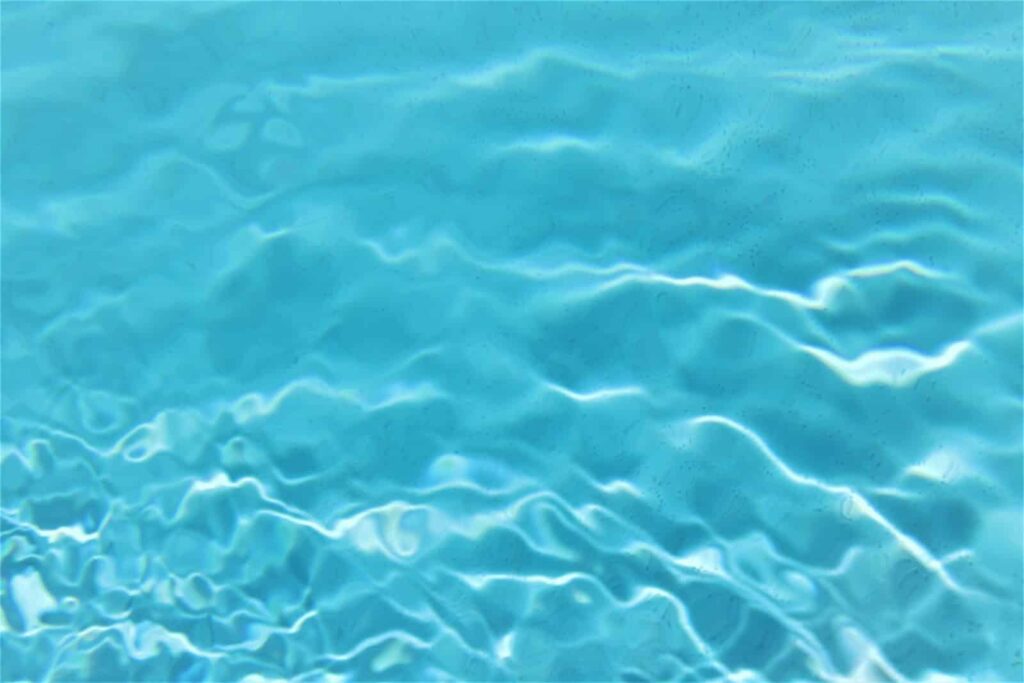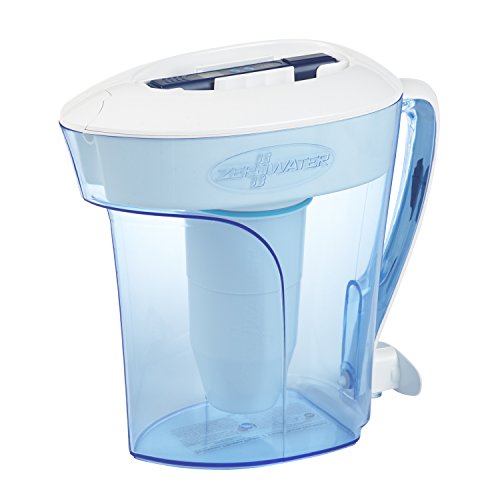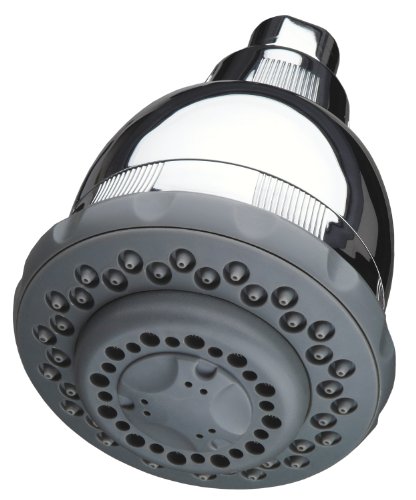There are many great chlorine water filters available on the market. From reverse osmosis chlorine filters to shower chlorine filters, you have the freedom to pick one suitable for your home.
But how will you pick one suitable for your home while there are many options in the market? If you are unsure how to choose the right chlorine water filter, continue reading this article.

This post recommends four water filters that will remove chlorine from your water. But before taking you through those water filters, let’s look at the backstory of water chlorination and how it came to pass.
What is water treatment?
This is simply the use of chemicals to kill germs in water, making it safer for drinking, and recreational use, among other uses. Water treatment removes harmful substances and reduces the concentration, making water safe for use.
Water is treated to remove substances such as algae, viruses, bacteria, fungi, minerals, and solid.
What is water chlorination?
Water chlorination is using chlorine or hypochlorite in water to kill certain bacteria and microbes. Chlorine effectively removes these microbes because it is highly toxic to them.
The history of water chlorination
The use of chlorine to treat water is dated back to the early 1900s. The first use of chlorine gas to treat water happened in Middlekerke, Belgium, in 1903. Before then, hydrated lines and bleaching powder were used to disinfect water.
In 1908, Jersey City became the first city and state in the US to perform a full-scale treatment procedure using sodium hypochlorite. The Bubbly Creek firm also started the same process in Chicago in the same year. This time, using chloride-of-lime.
Chlorine gas was compressed in a steel cylinder by C.R. Darnall in 1910, and since then, it has been the common method of treating water. The US Department of Treasury set standards for a maximum bacterial concentration of 2 coliforms per 100ml water. This required effective disinfection; the outcome was the massive use of chlorine to treat water.
By1930s, this treatment procedure had prevented all health conditions associated with water diseases in the US.
The positive effects of water chlorination
- Reduction of bacteria and viruses: As said above, adding chlorine to water helps reduce the concentration of bacteria and viruses in water. Adding it to your drinking water makes you less likely to suffer from typhoid or cholera.
- Residual protection against re-contamination: Once added, the chlorine mixture does not drain away fast, resulting in residual protection. Additionally, this protection reduces the volume of bacteria and viruses in water, making water safer for drinking and other uses.
- Scalability and low cost: Chlorine production is done on a large scale, and the material used to produce it is abundantly available. The availability of materials makes it cheap to produce chlorine and its by-products. Additionally, the large production of chlorine has made it possible for treatment plants to use chlorine for water treatment.
Negative effects of water chlorination
- Chlorine lowers disinfection effectiveness in turbid waters.
- Chlorine offers relative protection against protozoa. Unfortunately, this means you can easily catch amoebic dysentery, among other health conditions.
- Quality control of the solution must be observed.
- It can reduce the lifespan of many appliances, such as rubber gaskets, to wear down and crack.
- Chlorine dries out your skin and hair, prone to itchy and being brittle.
- Chlorine gives water a bad taste and odor. You may have noted this when drinking or using chlorinated water for cooking or bath.
- There are potential long-term effects of chlorine by-products. For example, Trihalomethanes (THM), a result of chlorine combined with organic matter, are very toxic when consumed in water or inhaled as water vapor when bathing.
- Chlorine, either through drinking, swimming or even showering, may increase your risk of developing asthma.
- Your clothing’s color fades because of chlorine, even if you are not adding any bleach or using any color-preserving detergents.
The top 4 chlorine filters
If you’re concerned about the chlorine in your water supply, there are filters to filter the chlorine that contaminates your water supply. We’ve found the best filter for your whole house, water pitcher, and showerhead.
Now let’s go through the four chlorine filters handpicked for you. We are certain you will love them.
Whole House System – Aquasana Rhino EQ-400
Designed to remove all the household water, this filter removes chlorine and its by-products. It has been tested to remove97% of chlorine as well as chloramines. Besides, it removes dangerous heavy metals such as lead, mercury, pesticides, industrial solvents, VOCs, and herbicides.
You may need more time to install it than the other three filters below. But since its filter can last up to 6 years, its lengthy installation and its high cost are just small factors that give you sleepless nights.
Reverse osmosis – iSpring RCC7
Reverse osmosis is best known for removing 1000+ pollutants from water by up to 99%.
This high capacity reverses osmosis system is certified to remove 94-95% chlorine and over 90% of chlorine’s harmful THM by-products.
Additionally, its effectiveness in filtering drinking water has earned it a WQA Gold Seal.
It is easy to install. You install it under the kitchen sink to enjoy clean water at the kitchen faucet.
The iSpring offer an amazing one-year satisfaction guarantee and lifetime support from its team
Water Filter Pitcher – ZeroWater
Not only is ZeroWater ZP-010 cheaper, but it is also certified to reduce chlorine, chromium, and lead in water. Not to mention that it also removes 99% of copper, mercury, and arsenic.
It uses a 5-stage filter that removes up to 99.6% of total dissolved solids from the water.
ZeroWwater is completely portable and doesn’t require any installation.
Shower Chlorine Filter – Culligan WSH-C125
Culligan WSH-C125 is an easy-to-install chlorine filter shower head. You don’t need any tool to install it. Its cartridge protects you against sulfur and chlorine and lasts around six months.
Additionally, it meets the EPA Water Sense certification and is MSF certified.
The filter media is patented to inhibit bacterial growth.
Its shower head has anti-clog rubber spray nozzles that give 5 different spray settings for maximum comfort. There are also handheld versions in the market.
Should We Worry About Showering in Chlorinated Water?
Chlorine is known to react with certain natural organic matters to produce toxic by-products, known as DBPs (toxic disinfection by-products).
Not long after these DBPs were discovered in chlorinated drinking water in the mid-1970s, along with a potential risk of bladder cancer and an elevated risk of miscarriage, the US government established new guidelines for using DBPs.
This dramatically changed the operation of water treatment plants and led to a cessation of chlorine use in some areas.
In a study in Science magazine, authors David L. Sedlak and Urs von Gunten question whether or not this decision now poses a public health risk.
Over twenty years ago, Ian Anderson, writing in New Scientist, warned that hot showers were a health risk.
Then, at a meeting of the American Chemical Society in Anaheim, California, in September 1986, he presented research that showed there was greater exposure to toxic chemicals via inhalation of chemicals than via drinking the water.
The amount of chlorine absorbed during a ten-minute shower, he said, was equal to drinking about nine liters of chlorinated tap water.
“The chemicals evaporate out of the water and are inhaled. They can also spread through the house and be inhaled by others. Householders can receive six to 100 times more chemicals by breathing the air around showers and baths than by drinking the water.”
Janet Raloff, writing in Science News, claimed that the National Academy of Sciences estimated that 200 to 1000 people die each year in the US from cancers caused by contaminants in water.
She says: “The major health threat posed by these pollutants is far more likely from their inhalation as air pollutants. Emissions are high because water droplets dispersed by the shower head have a larger surface-to-value ratio than water streaming into the bath.”
Conclusion
As much as adding chlorine has some benefits, it is good to understand that you must remove it. Otherwise, be prepared to visit your doctor now and then for treatment. Hopefully, this post was helpful.

Jay
Jay is a health and wellness enthusiast with expertise in water quality and nutrition. As a knowledgeable advocate for holistic well-being, Jay successfully manages Type 2 Diabetes through informed lifestyle choices. Committed to sharing reliable and authoritative insights, Jay combines firsthand experience with a passion for enhancing health."



